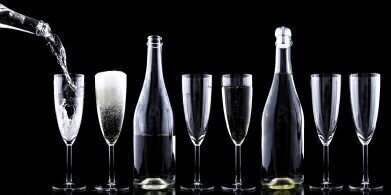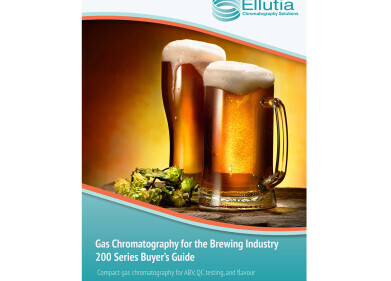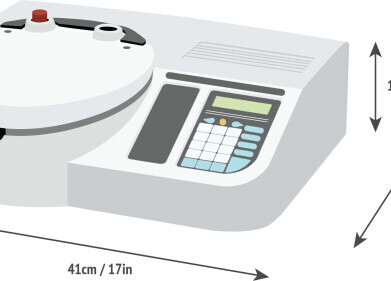Chromatography
Does a Spoon Keep Champagne Fizzy?
Oct 26 2017
There's no shortage of urban myths when it comes to the kitchen. And without a doubt, popping a metal spoon into an open bottle of champagne is one of the oldest tricks in the book. This snippet of kitchen folklore is practiced across the globe and supposedly keeps the beverage bubbly. But does it actually work?
According to experts, this timeless trick appears to be misplaced.
From birthday parties to New Year's Eve celebrations, it's all too easy to find yourself with a half empty bottle of bubbly. No keep it fresh and fizzy some connoisseurs swear by inserting a teaspoon, handle down, into the neck of the bottle.
Debunking the teaspoon trick
Unfortunately, Stanford University chemist Richard Zare claims that the trick is little more than a myth. Together with celebrated food writer Harold McGee, Zare pulled off an extracurricular investigation of the teaspoon’s bubble preserving credentials. Basically, it involved uncorking several bottles of bubbly and chilling them for 26 hours using different preservation methods. Some bottles were recorked, some were left open and others were subject to the spoon technique. The sparkling wines were then sampled in a blind test, with Zare and his fellow testers failing to detect any extra fizz in the spooned bottles. A recent MythBusters episode came to a similar conclusion, and confirmed that unfortunately metal spoons have no magical powers when it comes to retaining sparkle.
Keep things cool
So if a dangling spoon doesn't help to preserve bubbles, what does? While polishing off the entire bottle is always an option, Zare maintains that preserving carbonation is as simple as keeping champagne chilled. This means uncorking a bottle, pouring a few glasses and slipping it straight back into the fridge. Letting an open bottle of bubble sit on a table and reach room temperature is the absolute worst offences.
“Keep it cold. In fact, never let it warm up. That’s the secret,” he explains.
Why? Because like many liquids, carbon dioxide is more soluble at low temperature which means chilled bubbly is better at retaining its dissolved gas.
“If you keep it cold from the start it just goes on and on.”
While the teaspoon experiment is easy enough to conduct in any kitchen, most labs rely on sophisticated equipment. For a closer look at the latest solutions 'How Safe is Safe? Analytical Tools for Tracing Contaminants in Food' spotlights analytical instrumentation technologies like mass spectrometry, liquid chromatography, gas chromatography and inductively coupled plasma.
Digital Edition
Lab Asia Dec 2025
December 2025
Chromatography Articles- Cutting-edge sample preparation tools help laboratories to stay ahead of the curveMass Spectrometry & Spectroscopy Articles- Unlocking the complexity of metabolomics: Pushi...
View all digital editions
Events
Jan 21 2026 Tokyo, Japan
Jan 28 2026 Tokyo, Japan
Jan 29 2026 New Delhi, India
Feb 07 2026 Boston, MA, USA
Asia Pharma Expo/Asia Lab Expo
Feb 12 2026 Dhaka, Bangladesh



















